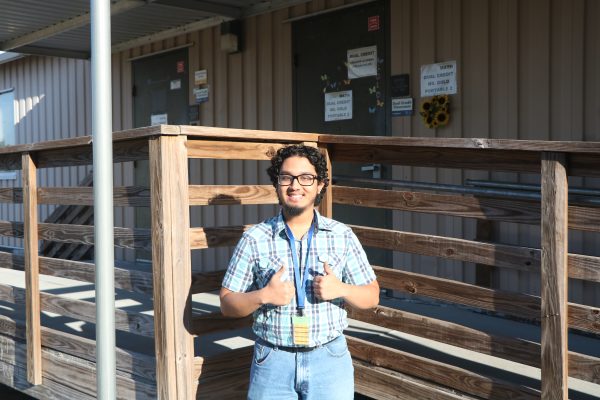Running Out of Steam
In a video op-ed published last Thursday by the New York Times, former high school track phenom Mary Cain claimed she suffered mental and physical abuse under the supervision of disgraced star coach Albert Salazar. She ran as a member of Nike’s Oregon Project, an elite professional training group based in Portland and owned and operated by Nike from 2001 until October of this year. Cain—who had charmed fans as a 17-year-old breakout star at the 2013 world championships—said that she broke five bones, missed her period for three years, and had suicidal thoughts due to an eating disorder she developed under Salazar’s extreme training methods.
Due to Cain’s comments, many journalists and organizations have started to question the culture of Nike. They wonder if Nike puts the performance of an athlete above their general well-being and health, especially when it comes to female runners and gymnasts. The successor to Coach Salazar, as well as pro-health groups, have called for an investigation into the Oregon Project– and it should bring a broader attention scale to the story.
Salazar specifically received accusations over making demeaning comments, and being “obsessed” with weight-loss. She developed RED-S syndrome, a deficiency disorder in which low amounts of eating and energy flowing through the body leads to loss of monthly periods, general estrogen levels, and many mood swings and emotional changes, such as suicidal thoughts she developed.
The sportswear giant is making some leadership changes, though when the moves were announced last month, the company denied they were tied to the scandal involving Salazar and the Oregon Project. Mark Parker will step down as Nike’s CEO in January after 13 years in charge, and Nike board member and ServiceNow, Inc. CEO John Donahoe will succeed him as the executive chairman.







